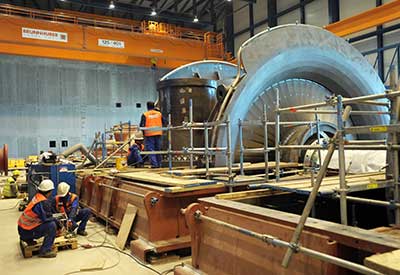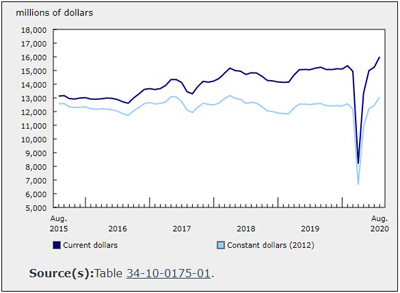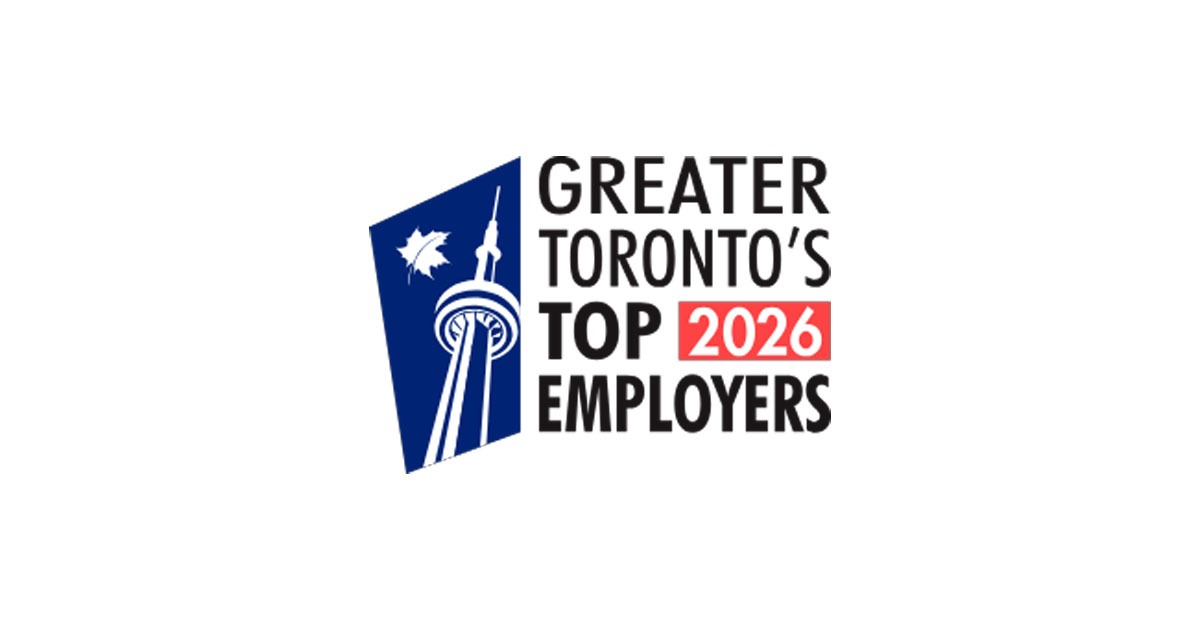Rising to Ontario’s LDC Challenges

Paul Murphy, Ryan Zade, Sean Conway and Bala Venkatesh, Centre for Urban Energy, Ryerson University, Toronto
Over the coming years, the distribution sectors in all Canadian jurisdictions will undergo a period of rebuilding and transformation. This process will occur within the context of rapidly evolving technology, a changing climate, and an ever-increasing need to keep the lights on. In February 2014, Bala Venkatesh, Academic Director of the Centre for Urban Energy[1], invited Paul Murphy, past President and Chief Executive Officer of the Independent Electricity System Operator (IESO), to chair a series of discussions on the future of electricity distribution in Ontario. A group of LDC sector participants[2] and Sean Conway, CUE’s Hydro One Distinguished Research Fellow, joined us for six roundtables governed by the Chatham House Rule. Ryan Zade joined the CUE as a Visiting Research Fellow to provide background research, author discussion papers, facilitate workshops, and produce summary documents.
The topics discussed at those workshops were:
1. New technology
2. Climate change
3. Asset upkeep and renewal
4. Reliability
5. Government
Our goal — as articulated in our mission statement — was to provide an environment for open dialogue among our experts to consider the future conditions in which Ontario’s distribution sector will operate: “Over the coming years, the distribution sector in the province of Ontario will undergo a period of significant asset renewal. This process will occur within the context of rapidly evolving technology, a changing climate, and an ever-increasing need to keep the lights on. Our mission over these workshops is to come together in a collegial and open environment to discuss the many challenges, changes, and opportunities faced by all of our participants. We hope to find common ground on how we can work collaboratively to enable the distribution of the 21st century.”
The following is a summary of conclusions from the roundtable discussions.
New technology
Both consumer appliances and distribution assets are rapidly digitizing. This accelerating technological growth is changing how local distribution company (LDC) assets operate. It also will lead to consumers that require service that is more reliable and of higher quality into the future. Investing in increasingly intelligent distribution assets is one way that the LDC sector can continue to meet their own and their customers’ changing needs. Among the technologies that can meet these needs are consumer-scale solar photovoltaics, energy storage, electric vehicles, and demand response tools.
However, the emergency of energy-efficient homes, cheaper solar power, and advances in battery technology will enable customers to achieve or move towards energy independence. A large migration of customers to self-sufficiency could fundamentally change the relationship between LDCs and their customers. Ongoing innovation and technological progress will require changes in the way that LDCs, agencies, the regulator, and the government approach electricity distribution. LDCs will face the expectation of maintaining substantial asset bases in the face of declining revenues. Accordingly, the sector must look beyond rate decoupling: technological progress will require an evolution of the LDC business model and the rules that regulate it.
Climate change
The dominant threat of climate change lies in the increased occurrence of severe weather events that will test the reliability and resiliency of Ontario’s LDC assets. The sector must prepare by fully incorporating climate adaptation into their corporate planning processes. Part of this understanding must acknowledge that the impacts of severe weather are diverse, even within communities.
There are many different avenues to build a resilient network. The smart grid will help build resiliency into the system; its digital components will provide real-time information to LDCs to help them determine problems and reroute power faster than ever. Distributors can invest in robust, hardened infrastructure. They can also place greater emphasis on quick restoration. Finally, investments in local supply and/or the encouragement of at-home solutions such as generators can help keep the power on during large storms. LDCs will have to find a balance among these options to maintain a resilient, reliable grid at reasonable cost. Finally, the sector must invest in and improve on its ability to communicate clearly, effectively, directly, and quickly with its customers and their public sector partners during severe weather events.
Asset upkeep and renewal
Even with enhanced maintenance regimes, Ontario’s LDCs will need to replace significant portions of both their human and physical asset bases in the coming years. LDCs, the regulator, and the government all expect robust asset and capital management plans to address these challenges. Yet, uncertainty around future load profiles, customer needs, climate change, government policy, regulation, and the rapid pace of technological change is making it increasingly difficult to plan for the long term. The significant financial requirements to replace and renew these assets requires an evaluation of the rate structure and of the LDC ownership model, including encouraging equity stakes of private or public sector bodies. These investments will also require coordination and partnership with the post-secondary sector to encourage and prepare students to enter the LDC workforce.
Reliability
Although we have a robust set of tools to measure reliability, the sector should adopt measures of power quality and momentary interruptions. Despite these indices, the required level of system reliability ultimately depends on the expectations and demands of the customer. These expectations will vary from place to place. Further, we must acknowledge that socio-economic factors require that some areas and customers receive greater reliability. The implementation of value-based reliability planning will require both a strong understanding of customer interruption costs down to the community level, followed by some form of customer segmentation.
Technological developments may fundamentally challenge both the level of reliability required by customers and how such reliability is achieved. Many customers have adopted backup solutions, such as generators, outside the purview of LDCs. The emergence of energy storage solutions and the potential for solar panels on every roof may lead to the consumer taking responsibility for both their own supply and reliability. Distributors, regulators and governments should consider this potential departure form the centralized delivery model very seriously as their decisions could tip the balance one way or the other.
Governance
The Government of Ontario has always used electricity policy as an economic development tool. Government implements electricity policies that attempt to balance industry needs with the economic and social needs of the electorate. Consultations on the Long-Term Energy Plan demonstrate the ministry’s desire to hear from the sector and all Ontarians before setting policy. Further, government has proved that it can show leadership by pushing change in what has historically been a risk-averse industry.
That said, government has absorbed much of the responsibility for long-term planning and policy implementation. These exercises can be strengthened by the increased participation of experts in the energy f9eld, whether it be from other government organizations or utilities.
Continued coordination, cooperation and consultation between government and the LDC sector will be particularly important in a period of rapid technological change, rising rates, fiscal constraint, and less than normal economic growth. We look forward to working together to ensure that policies are well rounded, informed by knowledge on the ground, and executable.
We suggest that the sector consider establishing or funding one — perhaps independent — organization to lead the charge on educating Ontarians on energy policy and programming, acting as a “one-stop shop” for all the helpful information already available and that will continue to be provided by LDCs, the OEB, the IESO, and the government. We believe that Ontarians will seek this information if it is presented in a way that is clear, understandable, relevant, and communicates the value of electricity.
When siting critical infrastructure, early communication and outreach is essential. A customer service approach where all workers, from the CEO to the line person, can effectively communicate and educate the consumer as to the need for a particular project will promote acceptance and understanding of asset renewal.
Download the full document, containing summaries of all six discussion roundtables: http://www.ryerson.ca/cue/news/blog/rising-ontario-ldc-challenges/.
1. The Centre for Urban Energy is an academic-industry partnership that is exploring and developing solutions to urban energy issues, such as the advancement of clean energy technologies, energy conservation ad demand management, energy storage, and smart grids. Ryerson University founded the centre with the support of Hydro One, Toronto Hydro and the Ontario Power Authority.
2. LDC sector participants are defined as those who participate in or influence the distribution of electricity in Ontario. This includes LDCs, government agencies, shareholders, planners, the regulators (as observers), and the government itself. By no means does this definition indicate or imply the composition of the workshop group.











